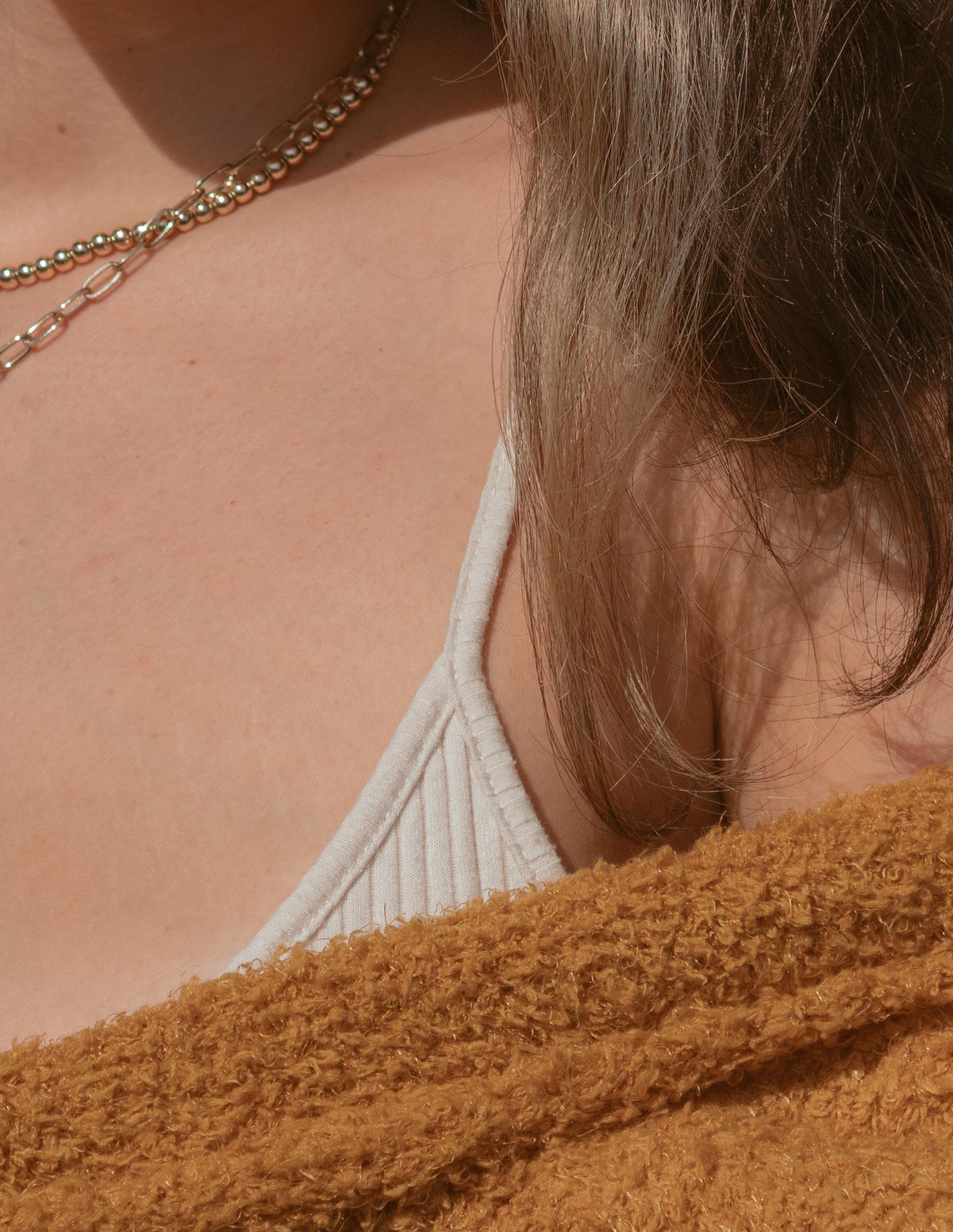
4 minute read
Resistance Through Fashion
BY TIERNEY SMITH
Fashion is seen by many as a hobby, a passion or a pastime to entertain themselves. In reality, fashion is a form of expression. It is a method to communicate to the world around you who you are — your personality, your mood, your music taste, your opinions. Many people have taken a step further and have used fashion as an agent of change, from New York City to San Francisco, and across the globe.
THE SUFFRAGETTES
One of the first movements to weaponize fashion was the women’s suffrage movement in the U.S. in the early 20th century. As more and more women demanded the right to vote, they discarded previous societal norms for how a “true lady” should dress. The typical suffragette look consisted of either a white dress to imply purity, or more comfortable attire — something as radical as pants, overalls or skirts with hem lines above the ankle. Antagonists of the movements noted the clothing shift immediately and commonly used it in anti-suffrage propaganda.
BLACK PANTHERS
During the American Civil Rights Movement, many different voices arose, and with them, many styles. While the NAACP believed in wearing your “Sunday best” to protests to excube respectability, the Black Panthers had other ideas. Their signature look consisted of black leather jackets, black sunglasses and a black beret. These items helped generate a collective look, and therefore, a collective feel to their movement — emphasizing the power in numbers belief. They also helped hide identities and protected the families of the
protestors from harm. In an interview with Marketplace, Tanisha C. Ford, City University of New York social movement professor, commented on the “brand” of a political resistance.
“They’re wearing them as a symbol that represents very organically the group of people who are mobilizing against something … ” Ford says. This signature look is still present today — think of Beyonce’s 2016 Superbowl performance — and still carries the weight of the social movement behind it.
BERLINERS
One of the more hidden tales of fashion occurred in the small distance between totalitarianism and democracy. When Berlin was split in two by the Berlin Wall in 1961, laws and regulations were implemented that extinguished self-expression and individuality. Designers and creatives went underground, using fashion to express their rebellion against the German Democratic Republic. Loud patterns, bright colors and outlandish designs filled secret shows inside old churches, abandoned factories and private homes during the 80s.
ACT UP
When the AIDS crisis began sweeping across the United States in the early 80s, thousands
of Americans were receiving death sentences from their doctors. Yet, nobody in the federal government or notable health professionals were talking about it. It took years before President Ronald Reagan even mentioned AIDS in public. At the beginning of the epidemic, many people believed HIV was a “gay” disease, believing it could only affect gay men — and a substancial amount of propaganda proposed that this disease was a form of divine judgement. Members of the LGBTQIA+ community were enraged at the lack of action from the government and began a plethora of demonstrations demanding action. The AIDS Coalition to Unleash Power, or ACT UP, used a pink triangle on shirts and banners at their protests in New York City, San Francisco, Chicago and other cities across the country. This symbol is a direct call back to when LGBTQIA+ individuals were forced to bear that signifier under the Nazi Party in World War II, in public and in concentration camps. This form of rebellion, as well as many other incidences, dramatically speed up the conversation, the research and the assistance for AIDS victims across the country.
LOLITAS
During this same time on the other side of the word, Japanese women were still buried under a variety of glass ceilings. Sociocultural norms continued to emphasize marriage and family over personal wants and goals. Women learned to keep their head down and work until they were wed, becoming housewives and caretakers afterward. Lolita fashion pulled on European-Victorian period style with big skirts and ruffles to blatantly reject the subtlism women were forced into. This culture also gives a childish impression, portraying the innocence and purity often lost in Japanese culture from the heavy pressurization of the importance of marriage. One of the main components of Lolita fashion is the emphasis on dressing for yourself, not for the male gaze or for societal norms. The extravagant bows and outlandish petticoats associated with this style is a campy way of reclaiming womanhood in their culture.
People have been creating waves in societal norms all throughout our history, simply by using their clothes. Many movements still active
today are continuing this tradition. “The more we are seen, the more we are heard,”Jayna Zweiman and Krista Suh, the creators of the bright pink Pussyhats seen at Women’s Marches, said. “From these vibrant hats, the harsh and edgy punk from Vivian Westwood and the eclectic makeup at protests to confuse identity recognition software this summer, fashion is an essential instrument to bring justice to
social struggles.
PHOTO BY LUKE ADAMS










